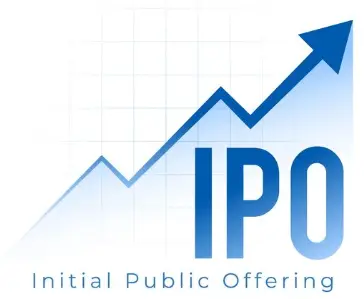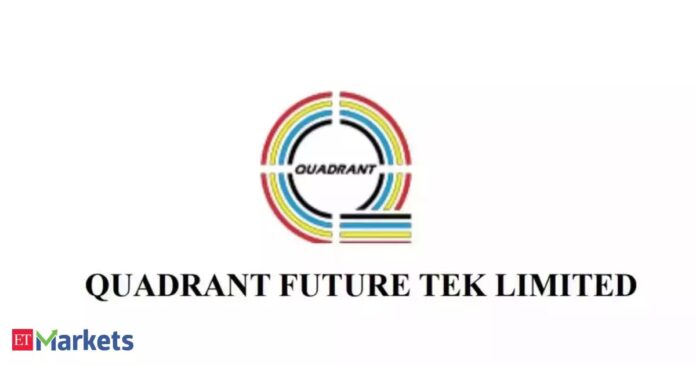Quadrant Future Tek IPO: A Promising Investment Opportunity
The Quadrant Future Tek IPO opened for subscription earlier today and has already made waves in the market. Within just an hour of its launch, the issue was oversubscribed by an impressive 3.16 times, showcasing robust demand from investors. By 11 AM, retail investors had driven the subscription rate to a staggering 13 times, while non-institutional investors (NIIs) followed closely with a subscription rate of 2.9 times. However, qualified institutional buyers (QIBs) showed a more cautious approach, bidding for only 9,800 shares out of the 31,63,636 shares allocated to them.
Key Details of the IPO
The Quadrant Future Tek IPO is a fresh equity issue valued at Rs 290 crore, comprising 1 crore shares. Investors have the opportunity to bid until January 9, making this a limited-time offer. The funds raised through this IPO will be strategically allocated to support long-term working capital needs for the company’s specialty cable division, capital expenditures for developing an electronic interlocking system, repayment of working capital term loans, and general corporate purposes.
Grey Market Premium (GMP)
Ahead of the IPO opening, the Grey Market Premium (GMP) for Quadrant Future Tek was reported to be robust, ranging between Rs 180-190. This indicates a premium of approximately 62% over the upper issue price, suggesting strong investor confidence and anticipation regarding the company’s future performance.
Price Band and Lot Size
The company has set a price band of Rs 275-290 per share, allowing investors to bid for a minimum of 50 shares in one lot, with the option to bid in multiples thereafter. This pricing strategy aims to attract a wide range of investors, from retail to institutional.
Should You Subscribe?
Market analysts are largely optimistic about the Quadrant Future Tek IPO. They recommend subscribing to the issue, citing the promising growth forecast for the Indian Specialty Cable and Train Control System market. The company is well-positioned to capitalize on emerging opportunities, particularly given its strategic partnerships and contracts.
At a post-issue capital valuation of a FY24 P/E multiple of 79x at the upper price band, analysts believe the valuations are fair compared to industry peers. Notably, Quadrant Future Tek has secured a strategic Memorandum of Understanding (MoU) with RailTel Corp and a substantial order worth Rs 978.6 crore from Chittaranjan Locomotive Works, further solidifying its standing as a leading original equipment manufacturer (OEM).
About Quadrant Future Tek
Quadrant Future Tek is a research-driven company focused on developing next-generation Train Control and Signalling Systems under the KAVACH project for Indian Railways. The company also operates a specialty cable manufacturing facility equipped with an Electron Beam Irradiation Centre, producing cables for railway rolling stock and the naval defense industry. Their facility supports end-to-end production of Solar and Electric Vehicle (EV) cables, encompassing manufacturing, testing, and development of specialty cables and hardware for the Train Control and Signalling Division.
In FY24, Quadrant Future Tek reported a slight 1% year-on-year decline in revenue, but a 6% growth in Profit After Tax (PAT), indicating resilience in its financial performance.
Allotment and Listing Dates
Investors looking to participate in the Quadrant Future Tek IPO should note that the allotment is expected to be finalized on January 10, with shares set to list on January 14.
Conclusion
The Quadrant Future Tek IPO presents a compelling investment opportunity, particularly for those interested in the growing sectors of specialty cables and train control systems. With strong market demand and positive analyst recommendations, this IPO is one to watch in the coming days. As always, potential investors should conduct their own research and consider their financial situations before making investment decisions.
(Disclaimer: Recommendations, suggestions, views, and opinions given by the experts are their own and do not represent the views of The Economic Times.)

